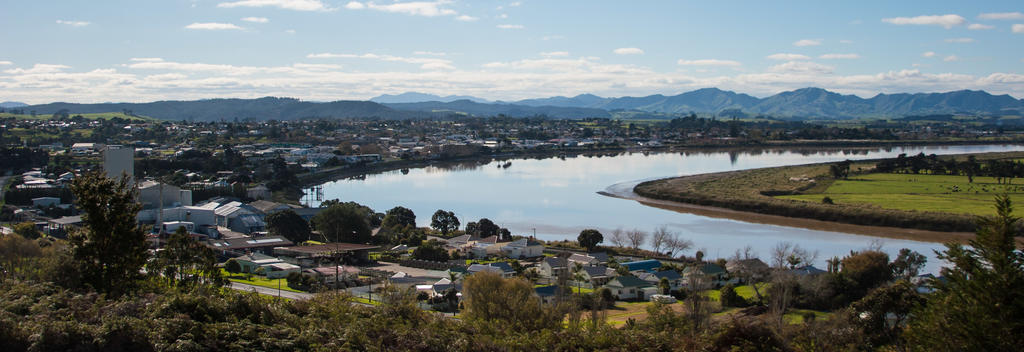-
Popular places to visit
Popular things to do
Helpful tips
Here's a few useful links to help with planning your trip to Aotearoa New Zealand.
-



The Kauri Coast is a dramatic stretch of Kauri forest and picturesque beaches on the northern west coast of the North Island.
The Kauri Coast runs from the town of Brynderwyn up to the Hokianga Harbour and is accessed along the Twin Coast Discovery Highway. Famed for its giant kauri trees, stunning beaches and significant Maori and pioneer history, the Kauri Coast and Hokianga region is steeped in spectacular natural wonders and fascinating cultural heritage. Continuing north takes in the harbourside twin towns of Ōmāpere and Opononi nestled on the shores of the stunning Hokianga Harbour.
To inform your visit to the Kauri Coast, visit the captivating Kauri Museum in Matakohe. Here you can learn about the mighty kauri tree and experience the stories of pioneering settlers in New Zealand.
Carry on north from Dargaville and you'll find the Kai iwi Lakes. These crystal clear, freshwater lakes are perfect for swimming, kayaking, fishing and sailing. Living history stands in the forms of Kauri giants in the Waipoua Forest, then a stunning reveal of the Hokianga Harbour greets you as you continue northward.
The Kauri Coast is named after the huge kauri trees which thrive here, and no trip to the Coast is complete without venturing into these majestic ancient forests. Trounson Kauri Park is one of the few places where you can see our national icon, the nocturnal kiwi bird, in the wild.
Further north, towards Hokianga, is the Waipoua Forest, home to New Zealand's largest kauri tree, Tane Mahuta. Local Maori guides can take you through the forest at twilight and explain the Maori legends of the forest - a unique and often spiritual experience.
Hokianga is short for Hokianga-Nui-A-Kupe, which means 'the place of Kupe's great return'. Many iwi (Maori tribes) trace their ancestry back to the legendary Polynesian explorer Kupe who, with his crew, voyaged deep into the southern ocean to find New Zealand.
On the southern side of the harbour you'll find the twin beach towns of Ōmāpere and Opononi; the northern side is home to the sand dunes. Near the settlement of Horeke is a natural phenomenon known as the Wairere Boulders. Amassed along a valley floor, this stream of huge rocks and boulders is 1.5 kilometres long.